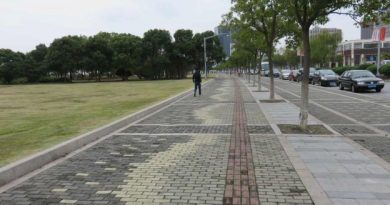No Fruit Trees on roadsides please, say city Municipal Authorities in Delhi
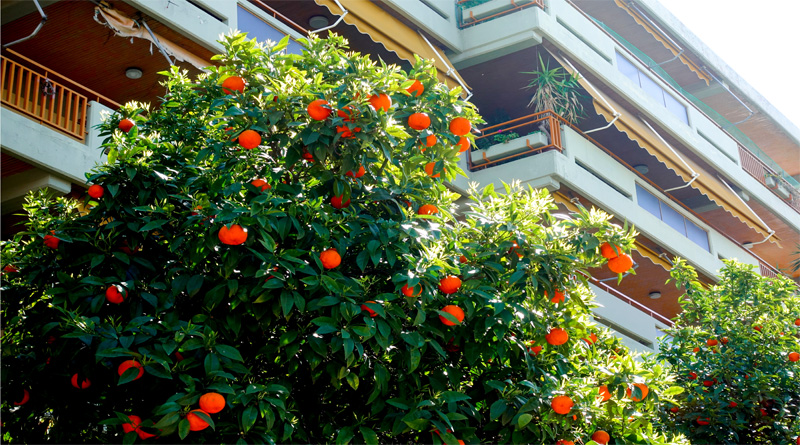
In a tropical country like India, one of the few joys of the summer love we get has to be the profusion of fruits that the season offers. Few sights are more pleasing than a mango laden tree, sending a message of abundance and positivity all around it. A supporting cast that includes the Bael fruit, or Wood apple, Jamun trees or even the jack fruit trees, with its massive fruits, can do more to make the summer heat bearable that people imagine.
While data was not available on this, it seems safe to say that this wonderful gift of seasons is increasingly being returned by us. Or more precisely, our municipal authorities. We checked out the situation in Delhi, where there still remain avenues lined with particular species of fruit trees, particularly in what is called the NDMC area, that city within the city for its ruling elite. It’s worth noting that in a city plagued by Monkey’s, thanks to no clear policy on managing their population, fruit trees might have helped keep them within the forests they are sought to be banished to. But with most of the city’s biggest forests overrun with the vilayati keekar tree, a foreign species of dry weather tree with almost zero benefit for anyone, it’s just a hope. Not just that, we believe the combination of lack of fruit trees, and the foolish feeding of pigeons at a massive scale by city dwellers, has seriously distorted the balance of the city’s bird life too. Pigeons today overrun most places, and with the trouble and disease they risk bringing with them everywhere, they seem to be closer to flying rats than anything else today. Trees, where planted by the municipal horticulture department have increasingly been ridiculous and hardy evergreens whose only selection criteria is to grow fast, with no flowers, forget fruits to show for it.
In fact, in the rest of Delhi, the situation has become so bad that when asked, a number of people actually believed that there is a law against planting of fruit trees. Seriously.
As per the MCD (Municipal Corporation of Delhi) there are no laws that actually ban the plantation of fruit trees in public spaces, in fact as per the Delhi Preservations of Trees Act of 1994, it is mandatory for the authorities to conserve all fruit trees in public spaces. We got in touch with the Horticulture Department of the NDMC (New Delhi Municipal Corporation) at Lodi Garden as well as the head office of the SDMC (South Delhi Municipal Corporation) Horticulture Department. The SDMC is the largest of the city’s multiple municipal bodies.
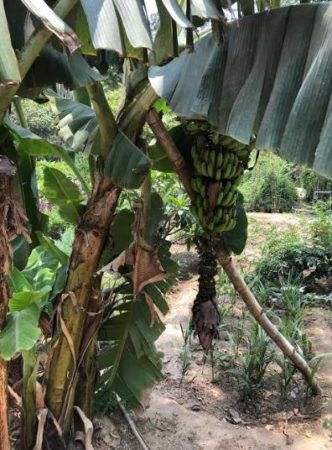
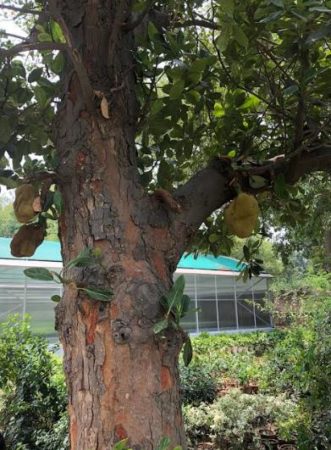
They both stated how fruit trees are necessary not only for the city’s eco-system but also for the educational purposes of the younger generations. However, when we asked to showcase the fruit trees in their area, only the NDMC obliged while the SDMC authority clearly stated that fruit trees in the SDMC area are hard to find and are almost negligible.
“You can come and have a look at the various fruit trees growing here in Lodi Garden for yourself” said the NDMC authority to Iamrenew.
“We have no laws against the plantation of fruit trees in Delhi but it’s hard to grow them with Delhi’s climate and increasing levels of pollution, plus we have the added problem of children and people throwing stones at the trees (to get fruits) which becomes a safety hazard for other passerby’s.” said the SDMC authority.
When Iamrenew reached Lodi Garden, the authorities took us around the Lodi Garden NDMC nursery and the park to show us the diverse flora of the park. More than eleven different types of fruit trees are currently growing around the park, including mango, banana, fig, jackfruit, pomegranate, etc. When we asked the authorities on why the public seems to have a different perception of fruit trees, they informed us that even though the government encourages the growth of fruit trees in public spaces, they discourage people form growing fruit trees on the side of the roads (this is a fact that the SDMC also highlighted in their interview with Iamrenew).
“The government has no problem with fruit trees in fact nowadays we are promoting the growth of more and more fruit trees for the future generations to be better acquainted with them. Having said that Rajpath is lined with Jamun trees which the government harvests and sells (a lot of local vendors also pluck these fruits to be sold),” said the NDMC authority.
And the SDMC? “We have no issues with planting fruit trees, in fact you as a citizen can demand them to be grown in your locality or local Public Park if you have 15-20 supporting your cause, however the maintenance of these trees has to be on a shared basis; even though we will ensure its growth, it is up to the local residents on how they treat the trees,” said the SDMC authority.
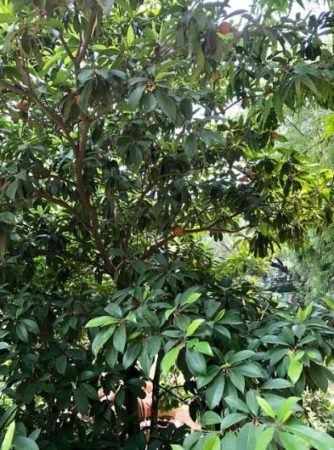

Thus, the lack of fruit trees is blamed on the lack of maintenance of public spaces as well as the attitude of the public towards the local flora.
One exception to this attitude is the revival of Sunder Nursery which went from being a pile of rubbles to Delhi’s first Arboretum (you can read about it here). Of course, again in NDMC territory.
While some areas in the city are ramping up their efforts to introduce more fruit trees, the others are still hesitant to do so and that’s where we as citizens need to step in. Next time you walk around your locality or local Public Park and notice the lack of fruit trees, sign a petition along with your neighbours and demand the local authorities to plant fruit trees in your area.
copyright:iamrenew.com



